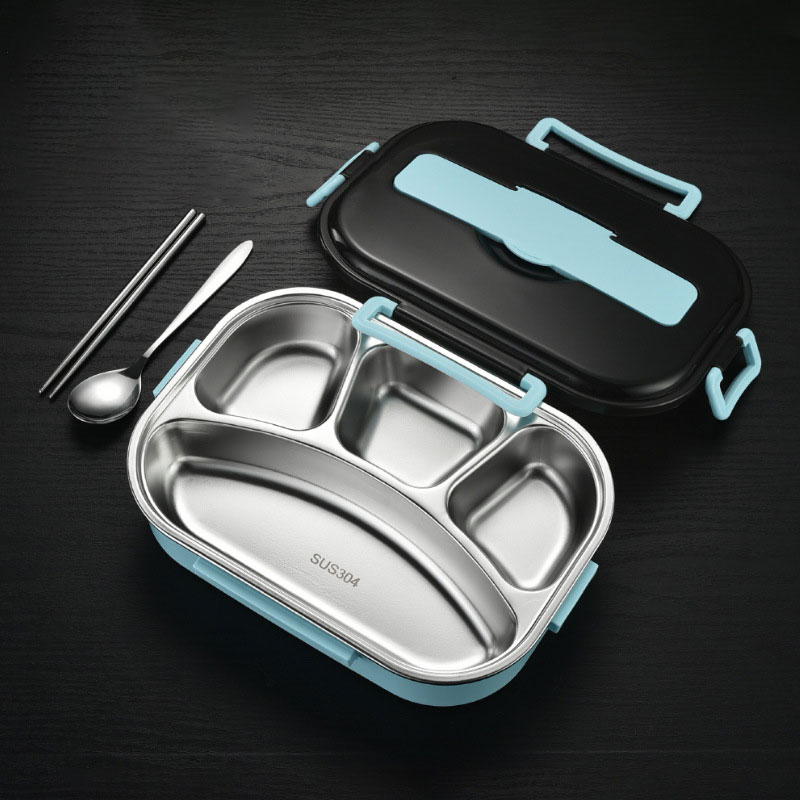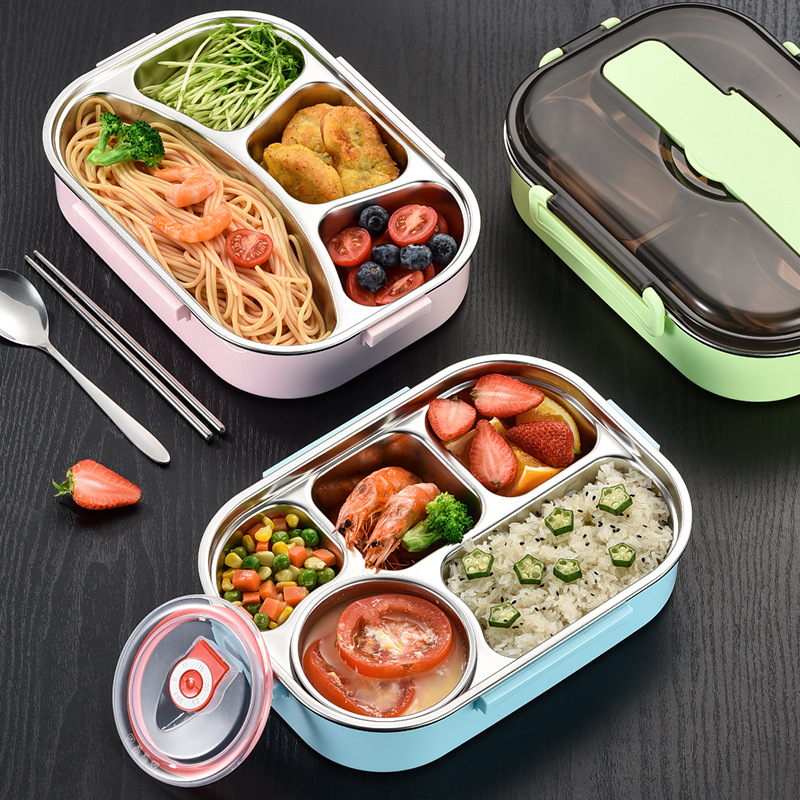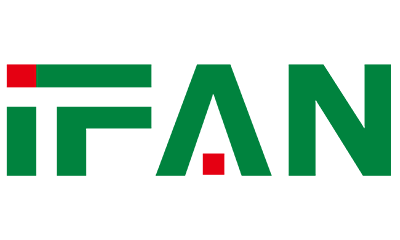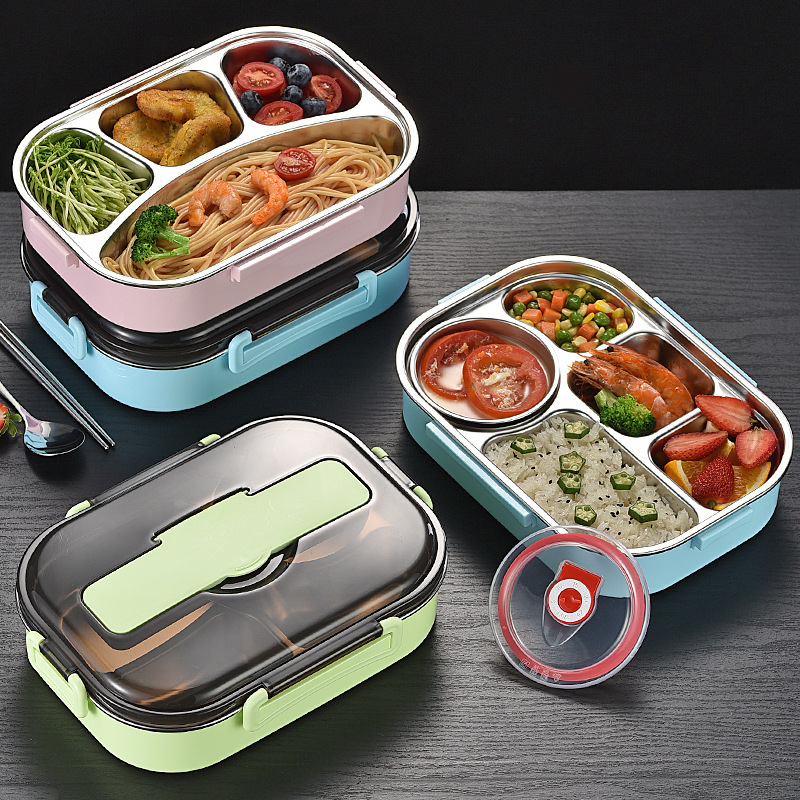Introduction
When it comes to choosing a lunch box, prioritizing safety is of paramount importance. In this essay, we will explore why stainless steel stands out as the safest material for a lunch box. By examining its non-reactive nature and absence of chemicals that can migrate into food, we aim to establish stainless steel as the ideal choice for those concerned about food safety.

- Non-Reactivity and Chemical-Free Composition: Stainless steel possesses a non-reactive nature, meaning it does not interact with or leach harmful substances into food. Unlike certain types of plastic or other materials, stainless steel does not release potentially toxic chemicals such as BPA (bisphenol A) or phthalates. This non-reactivity ensures that the taste, quality, and safety of the food remain intact, providing peace of mind to consumers.
- Durability and Longevity: Stainless steel lunch boxes are known for their durability and longevity. They can withstand rough handling, accidental drops, and exposure to various temperatures without compromising their structural integrity. This robustness ensures that the lunch box remains intact over time, reducing the risk of potential cracks or breakages that could contaminate food or compromise safety.
- Ease of Cleaning and Maintenance: Stainless steel lunch boxes are easy to clean and maintain. Their smooth and non-porous surface prevents food particles from sticking, making them less prone to bacterial growth. Additionally, stainless steel is often dishwasher-safe, allowing for effortless cleaning and sanitization. This ease of cleaning ensures that the lunch box remains hygienic and safe for daily use.
- Resistance to Stains and Odors: Stainless steel’s resistance to stains and odors is another important aspect of its safety. Unlike some plastic containers that may retain lingering smells or colors from previous meals, stainless steel does not absorb or retain odors. This not only ensures that the food’s taste remains unaffected but also eliminates the risk of cross-contamination or unpleasant aromas.
- Thermal Properties: Stainless steel possesses excellent thermal properties, making it suitable for both hot and cold food storage. It can effectively retain heat for warm meals and maintain the coolness of perishable items. By utilizing stainless steel lunch boxes, individuals can pack a variety of foods without compromising their temperature requirements, thus ensuring safety and freshness.
- Environmentally Friendly: In addition to its inherent safety benefits, stainless steel is also an environmentally friendly choice. The material is fully recyclable and has a high scrap value, reducing its impact on waste generation and landfill accumulation. By opting for stainless steel lunch boxes, individuals contribute to sustainable practices by minimizing plastic waste and embracing a more eco-conscious lifestyle.

Conclusion
In conclusion, stainless steel emerges as the safest material for a lunch box due to its non-reactive nature and absence of chemicals that can migrate into food. Its durability, ease of cleaning, resistance to stains and odors, and thermal properties further solidify its position as the ideal choice for those concerned about food safety. Stainless steel lunch boxes provide a reliable and hygienic solution, ensuring that packed meals remain fresh, free from contamination, and safe for consumption. Moreover, stainless steel’s environmental friendliness enhances its appeal, aligning with efforts to reduce plastic waste and promote sustainability. By investing in stainless steel lunch boxes, individuals can prioritize their health, protect the environment, and enjoy the peace of mind that comes with using the safest material for their food containers. Embrace the safety and sustainability offered by stainless steel, and make a positive impact on both your well-being and the world around you.

